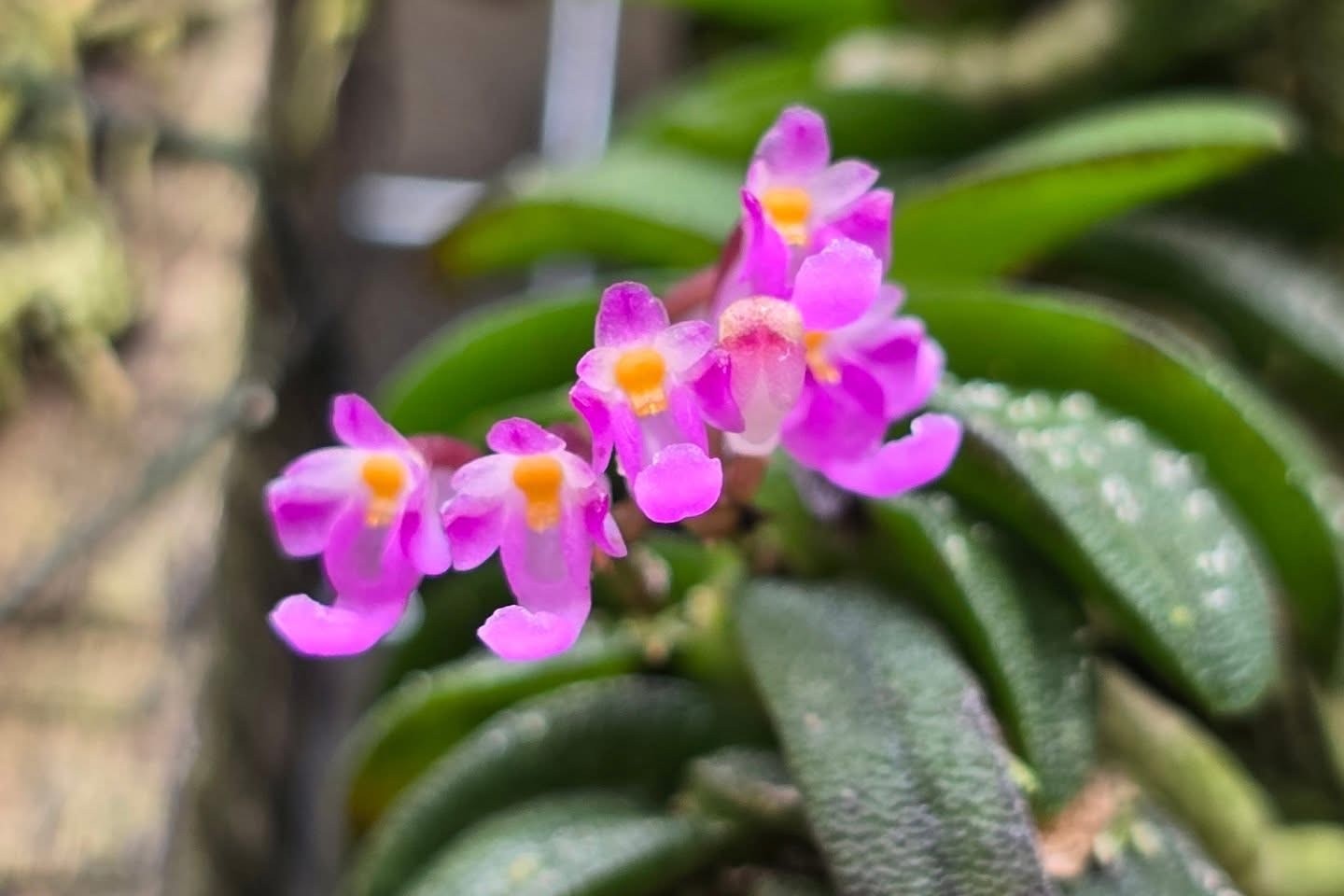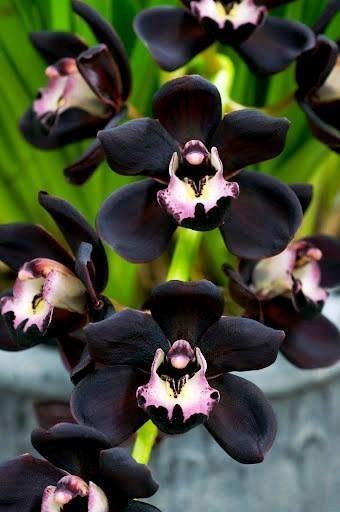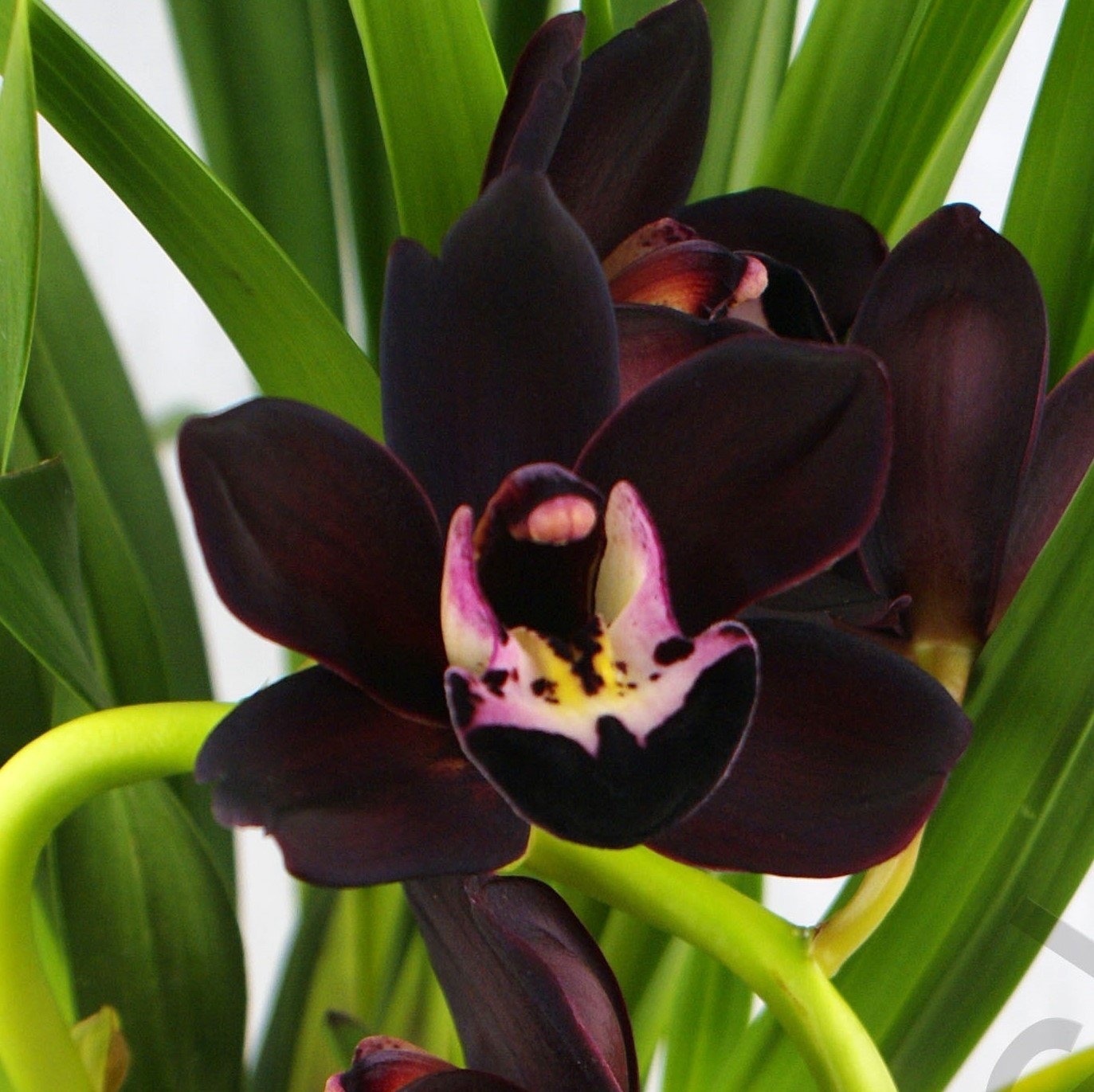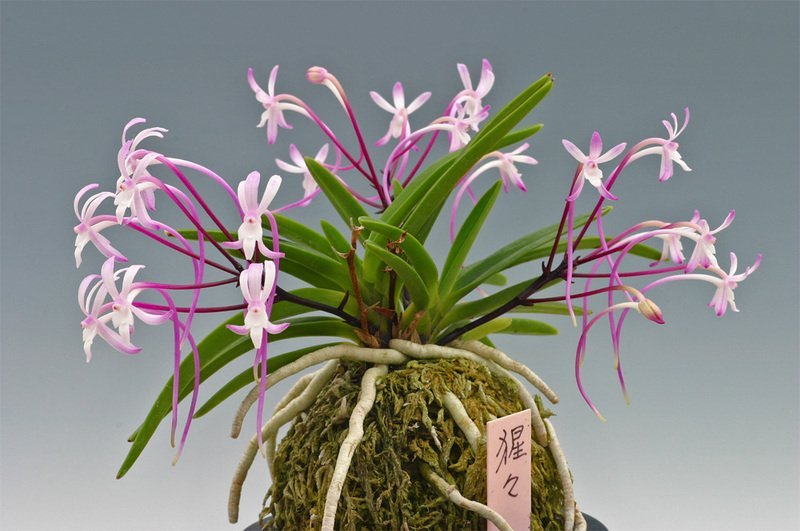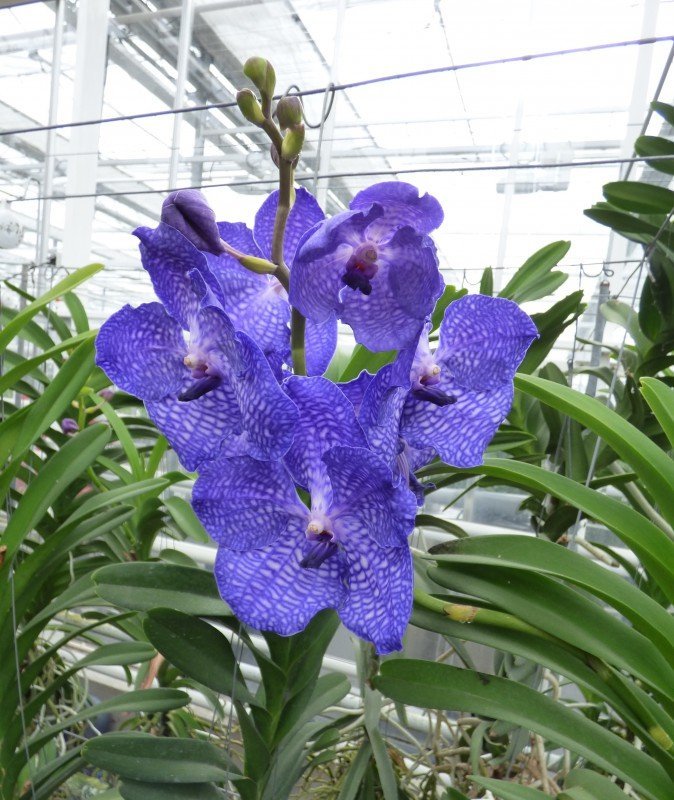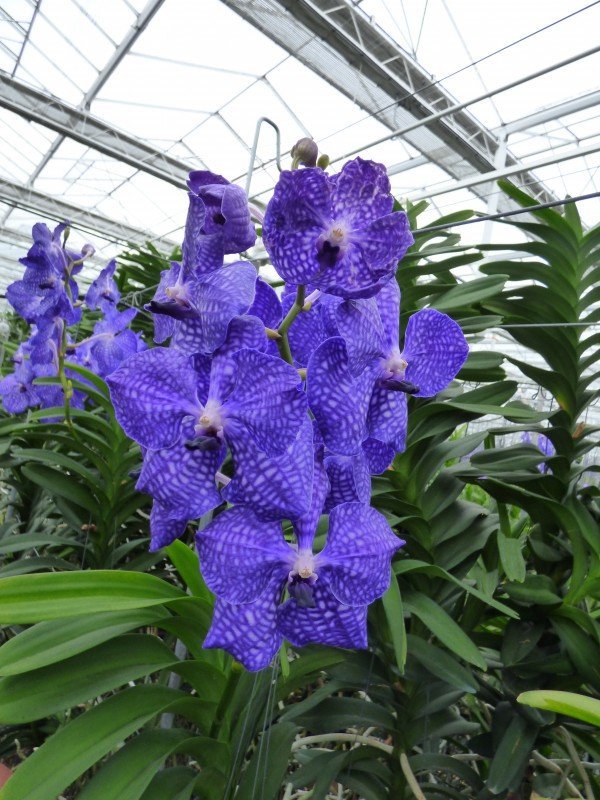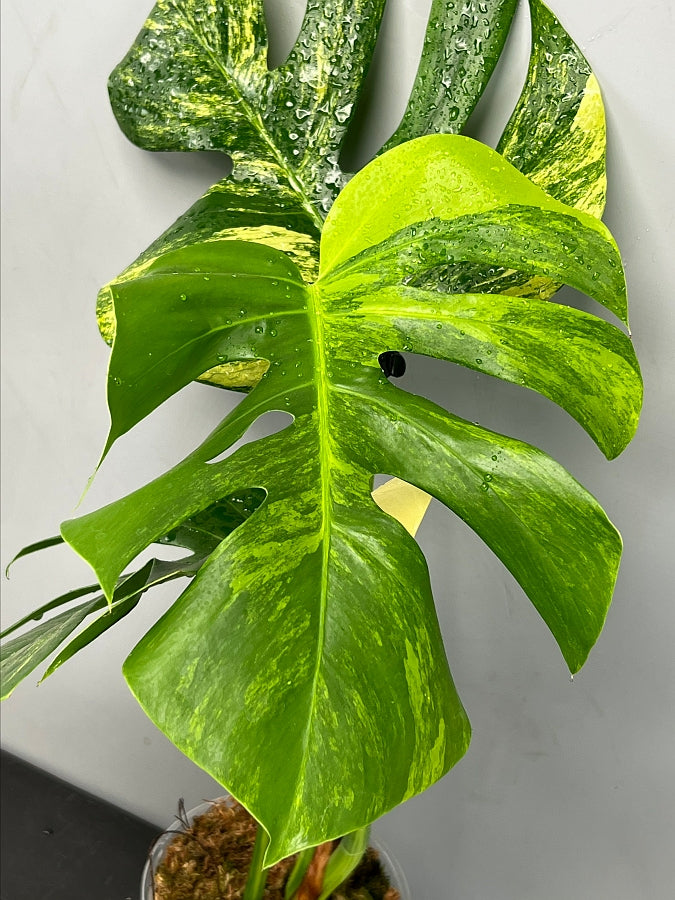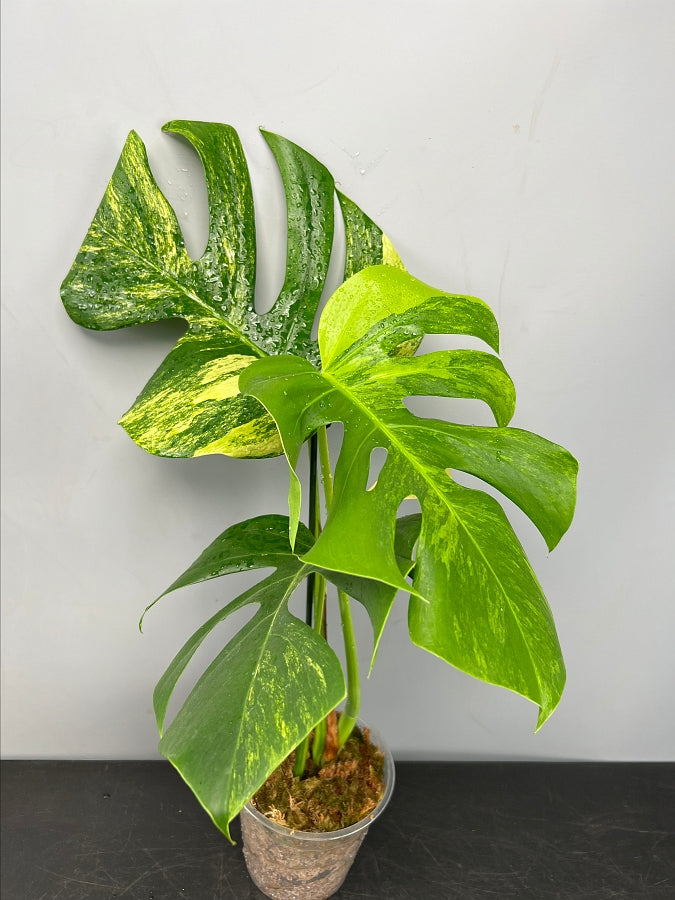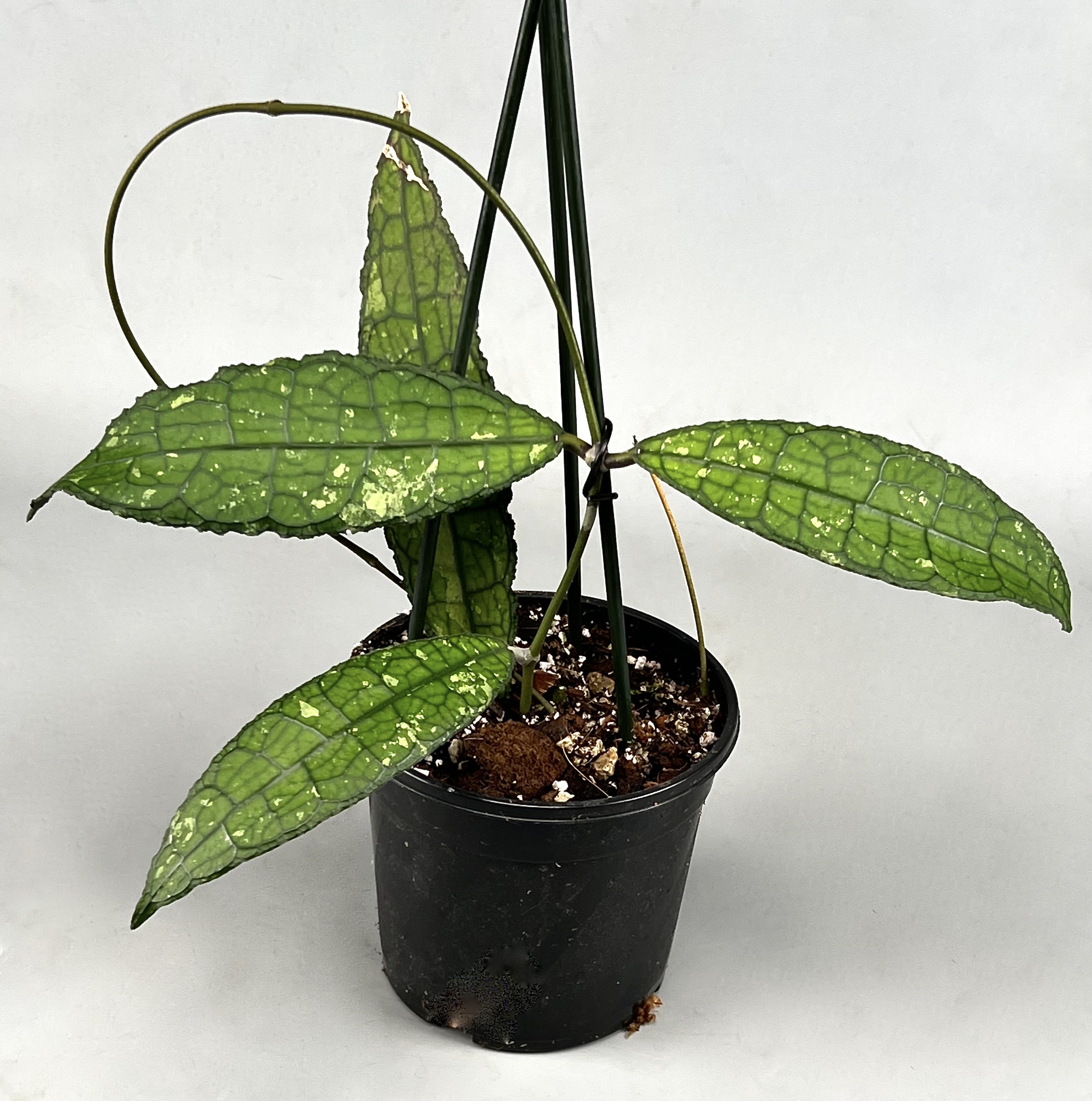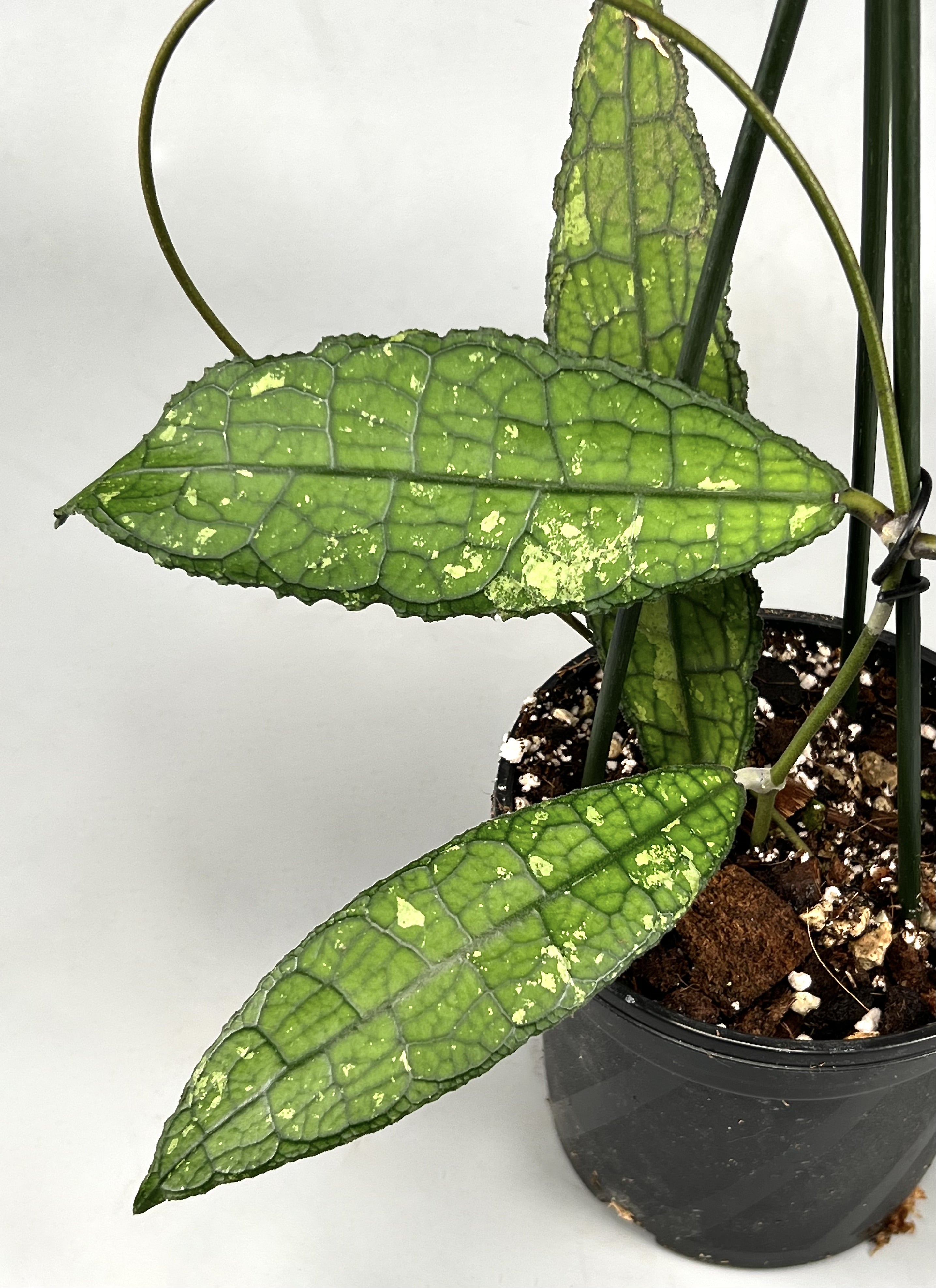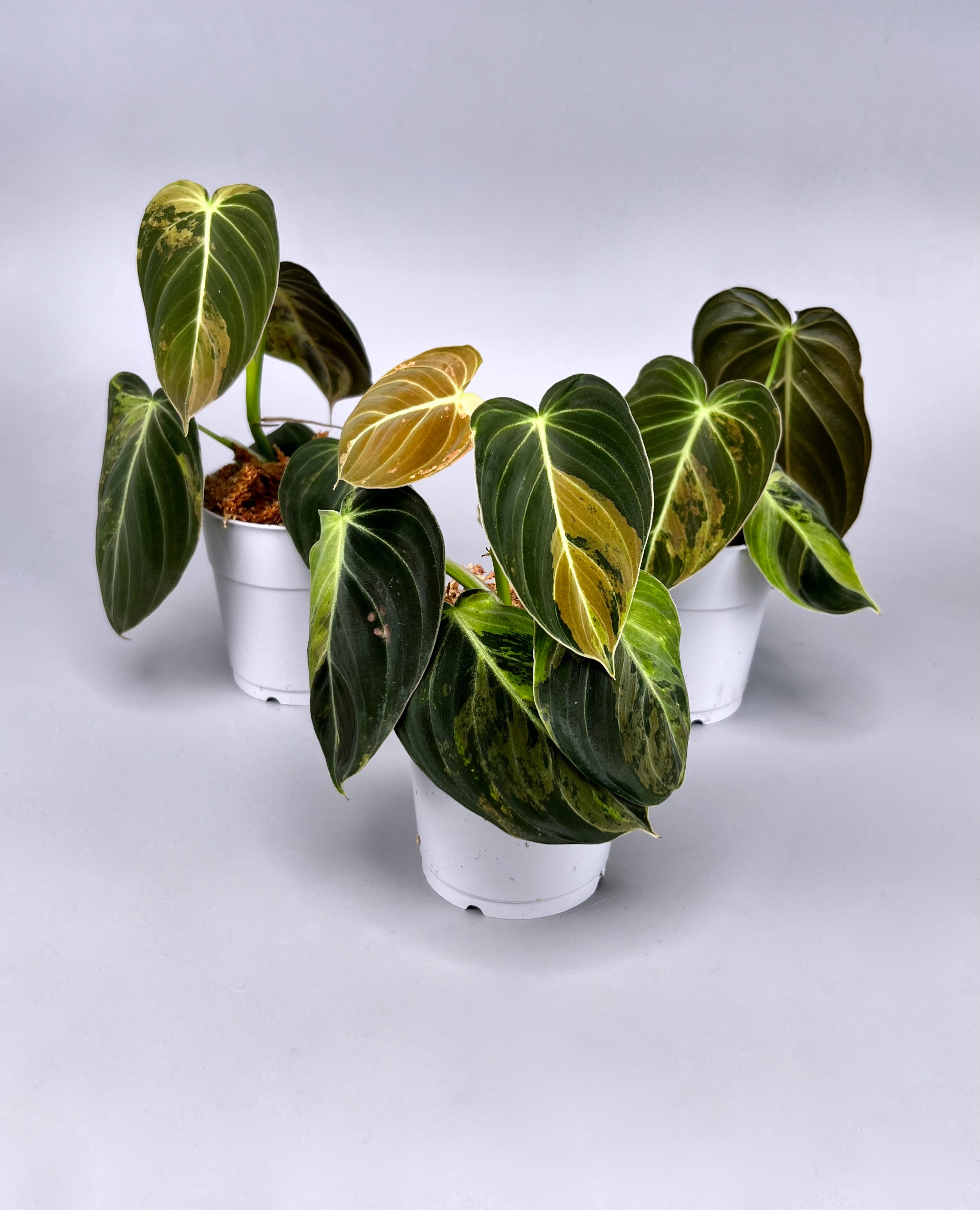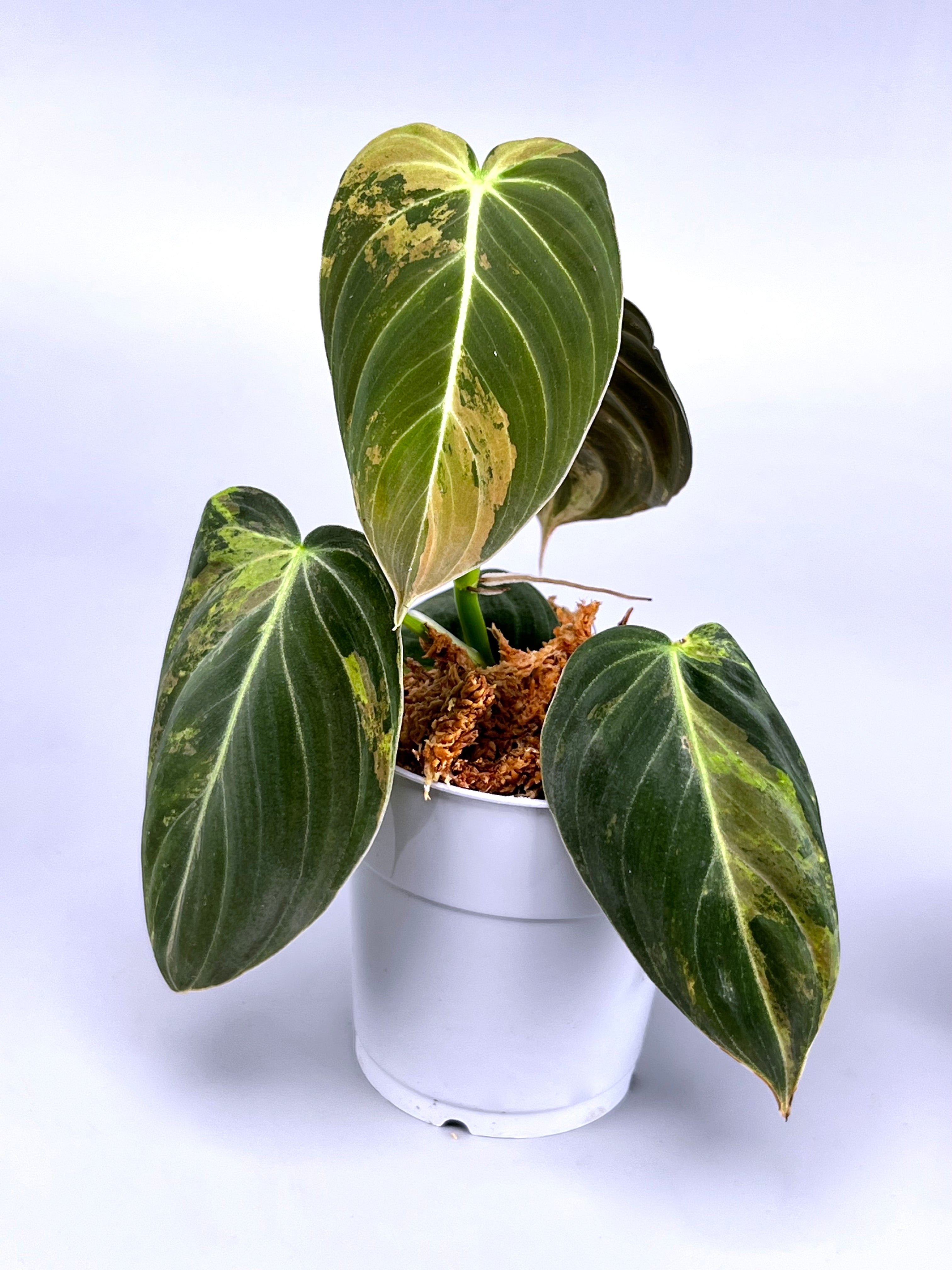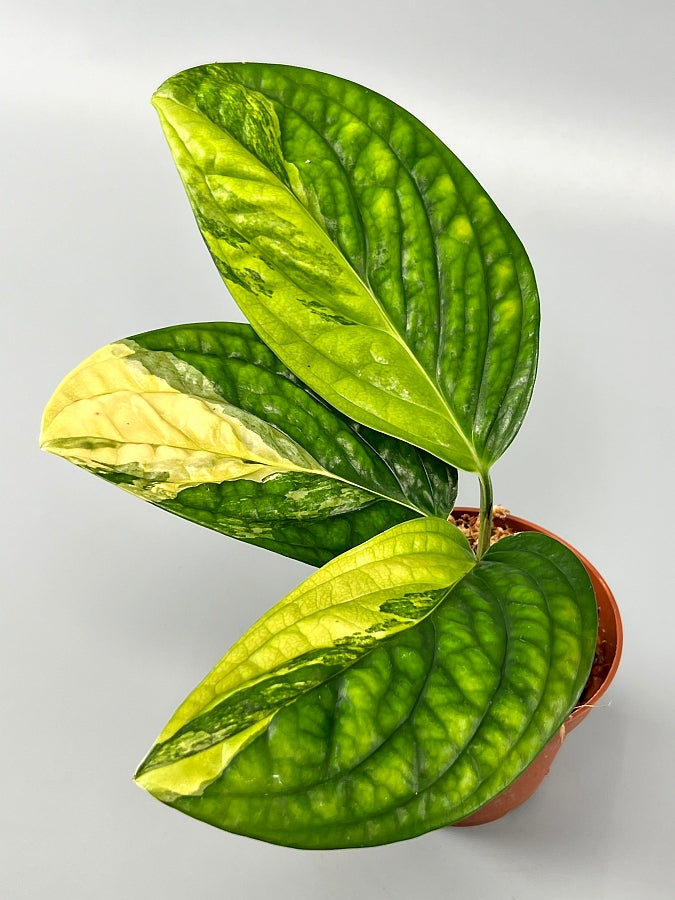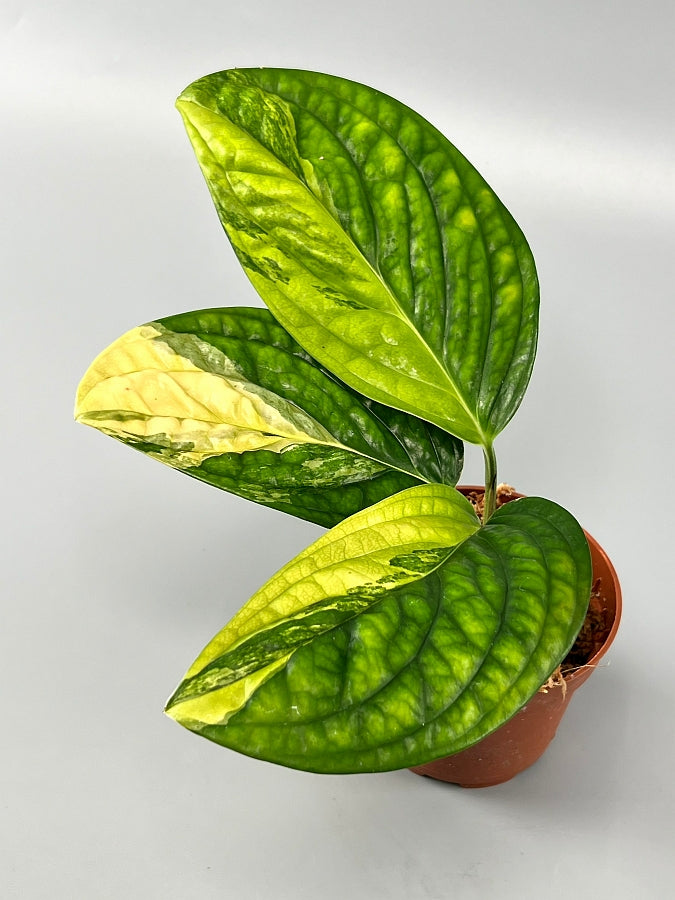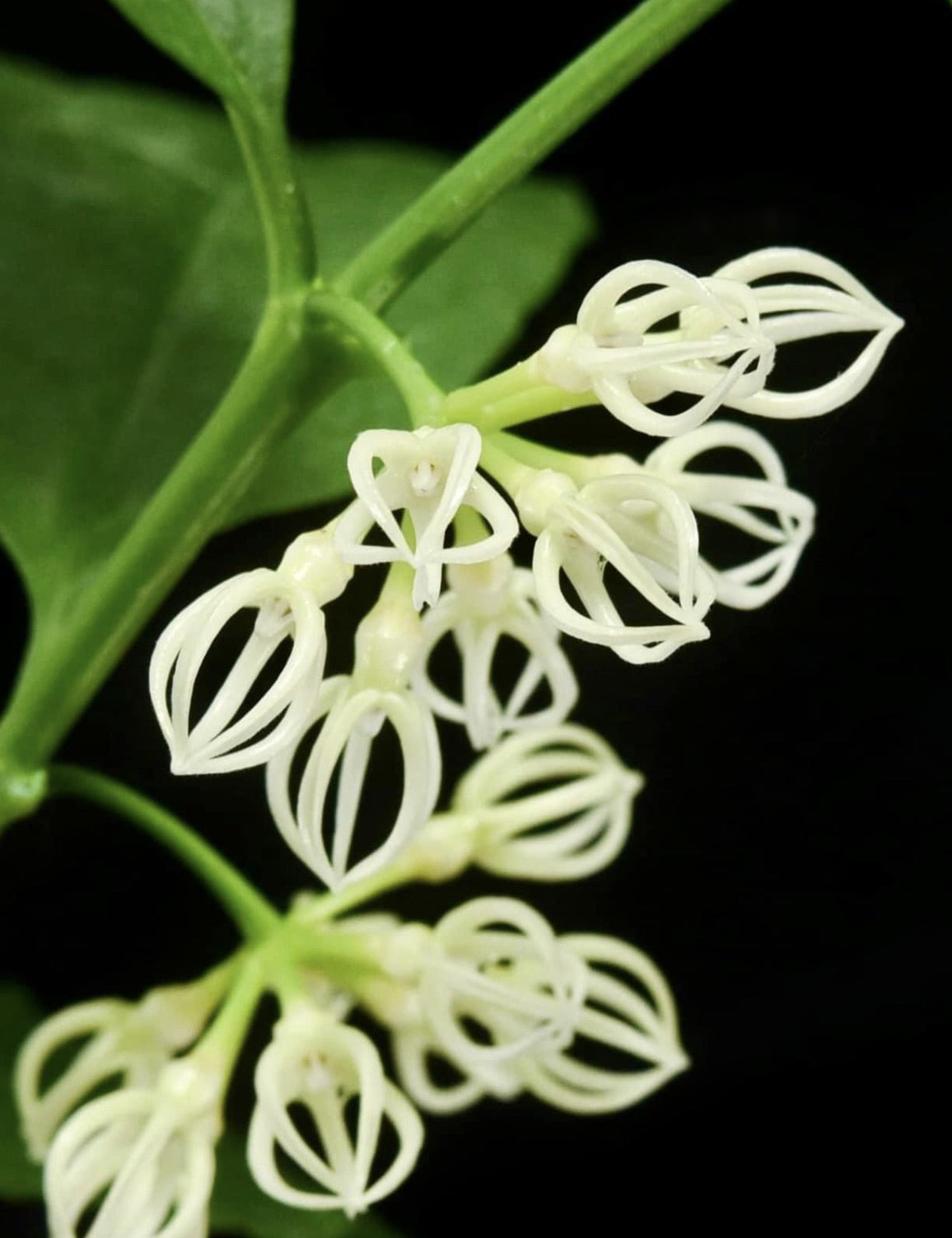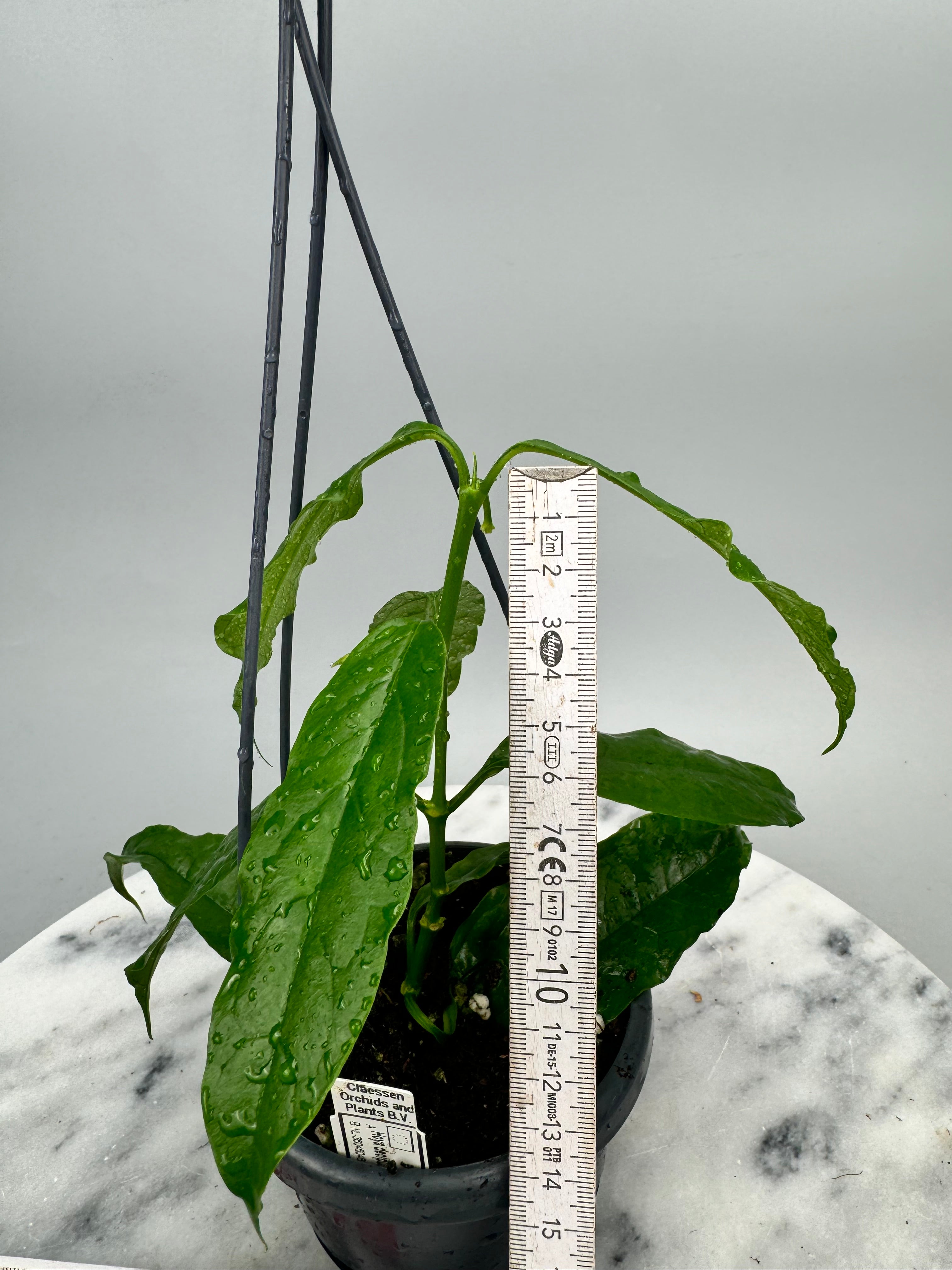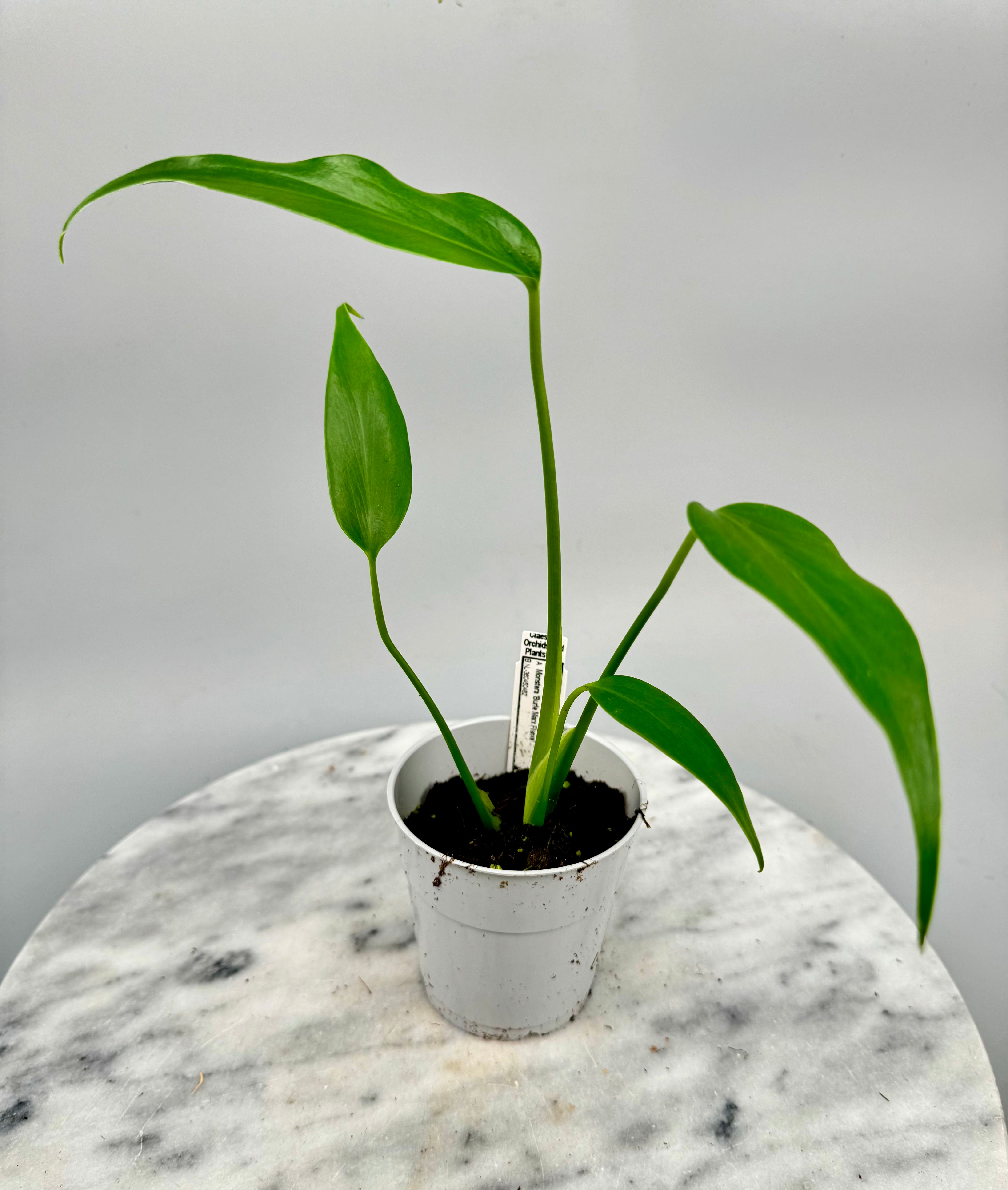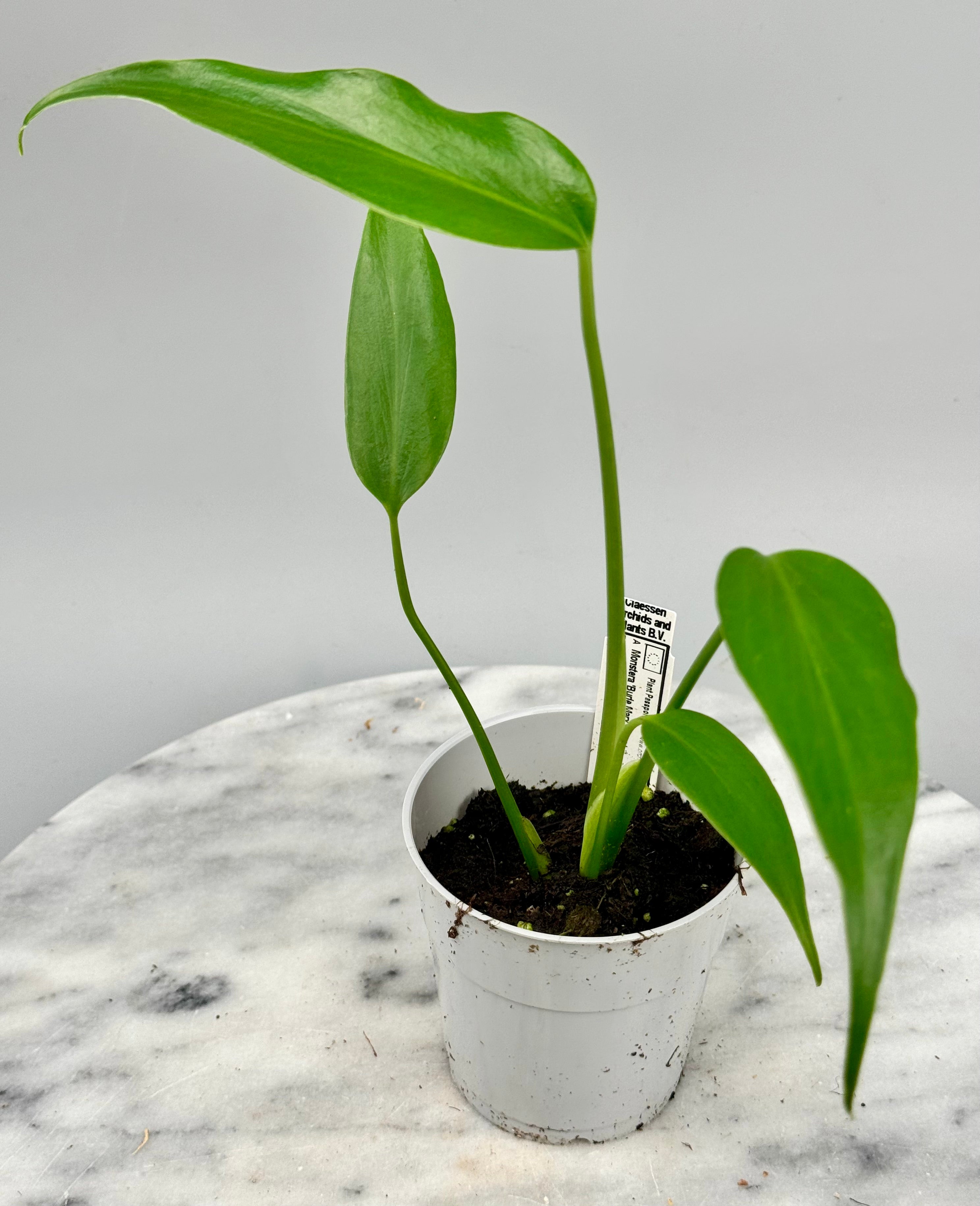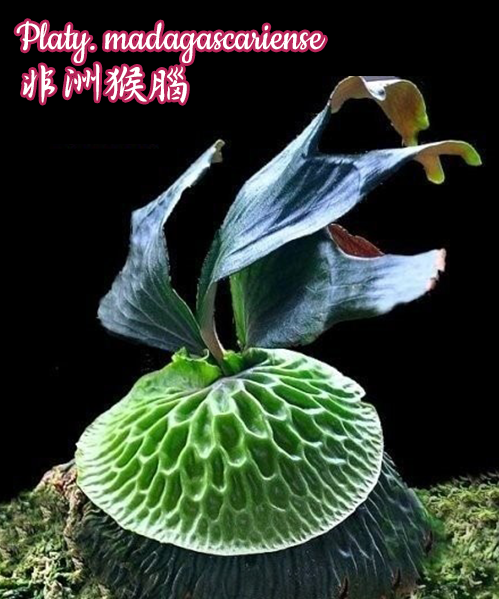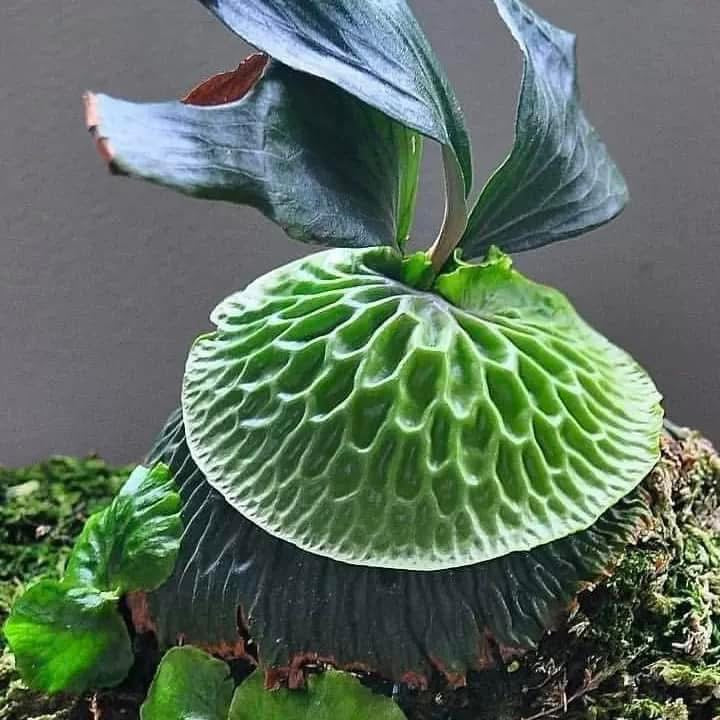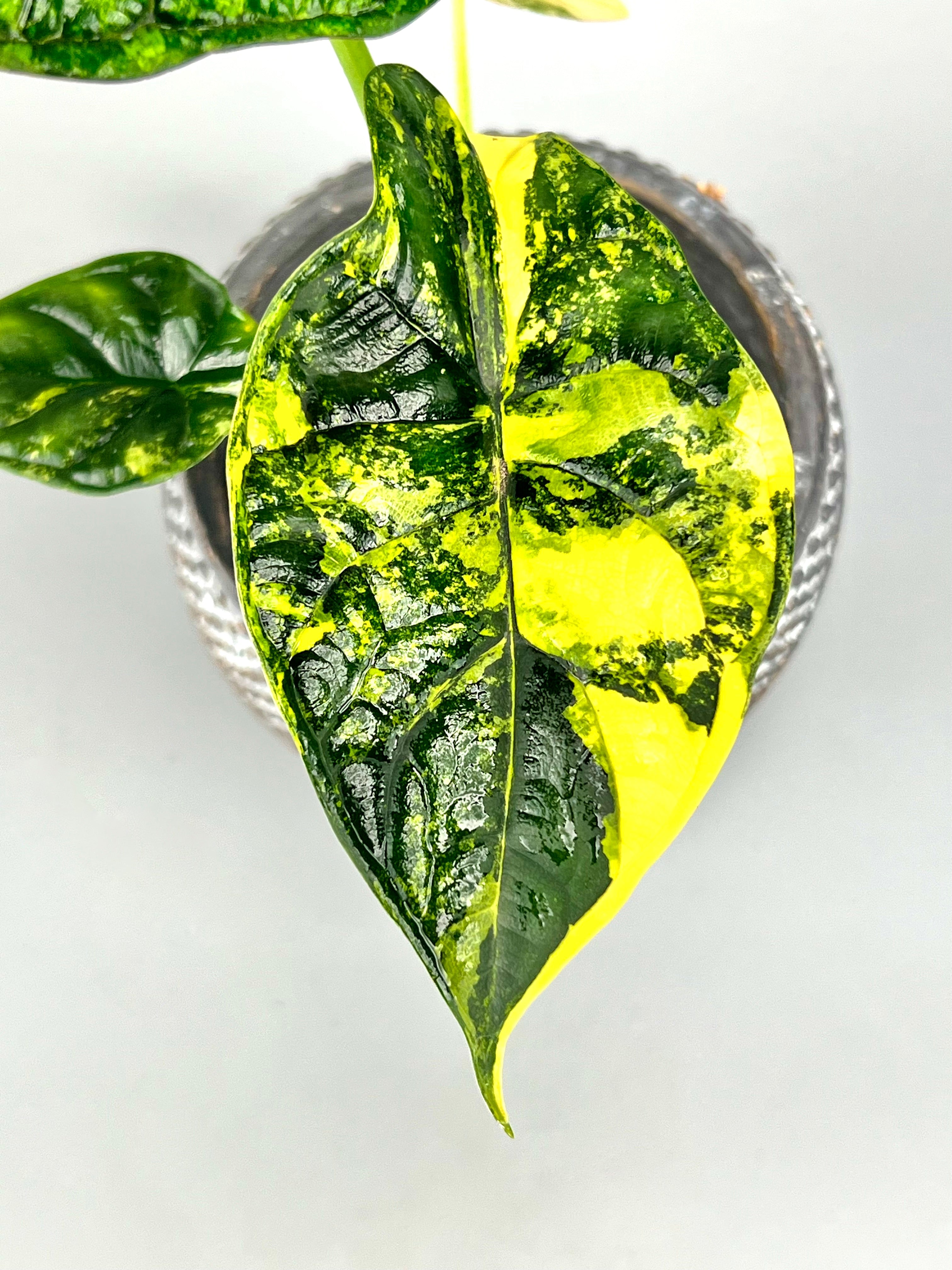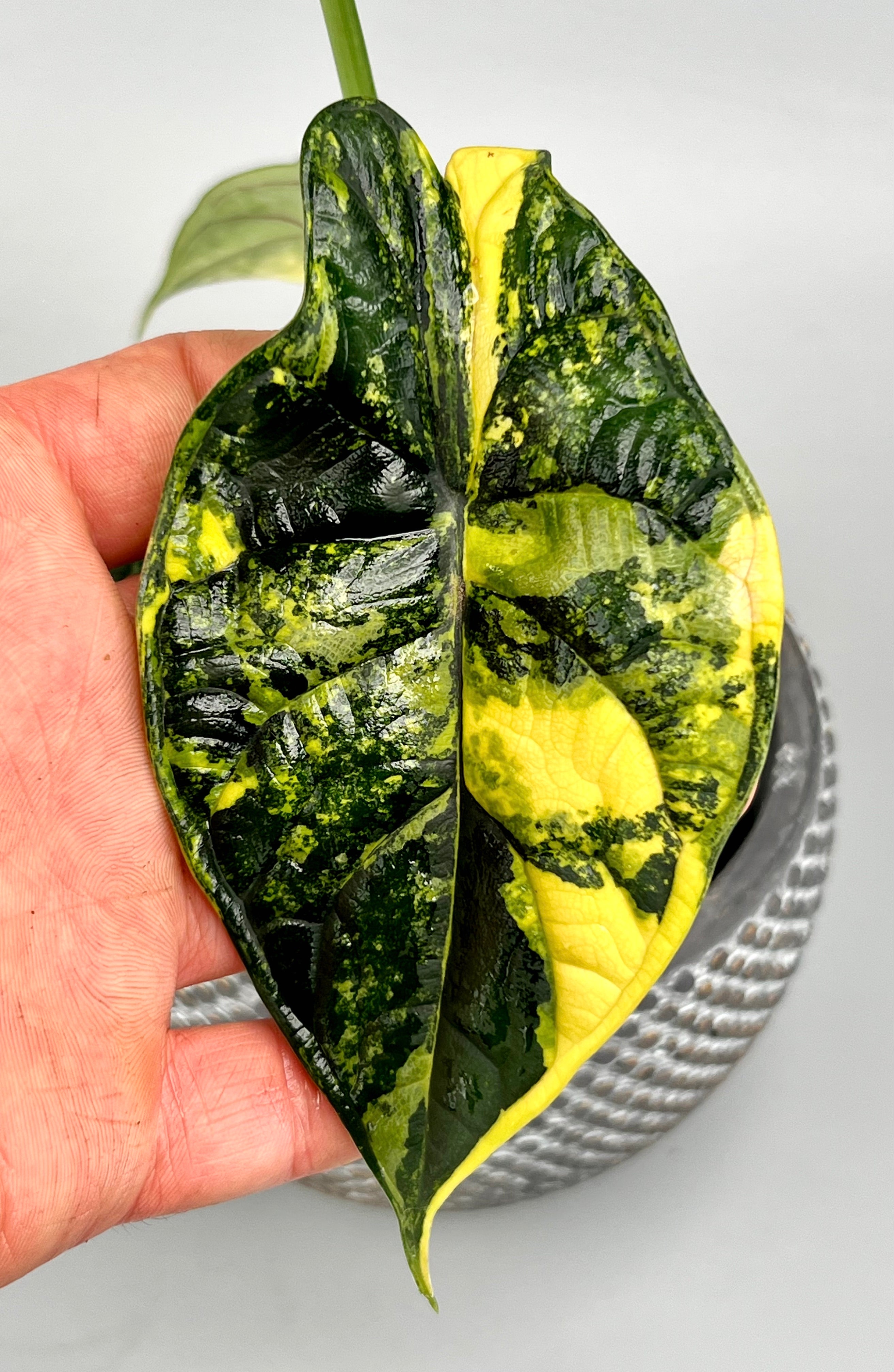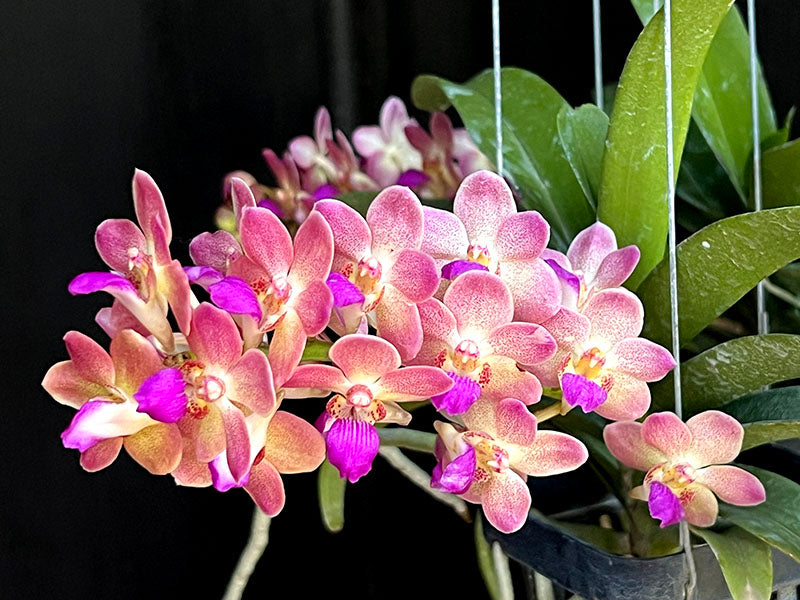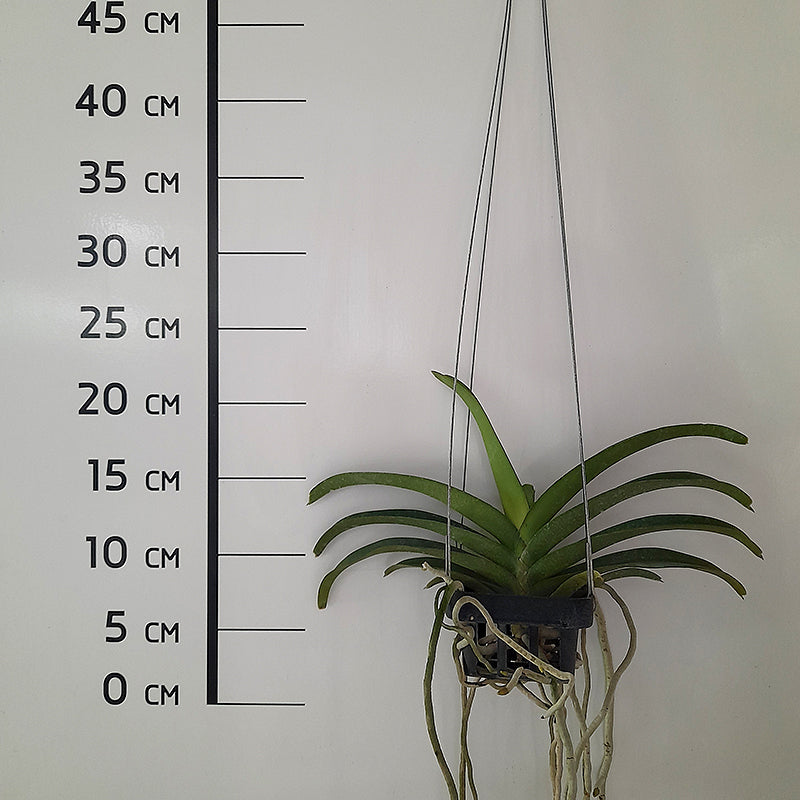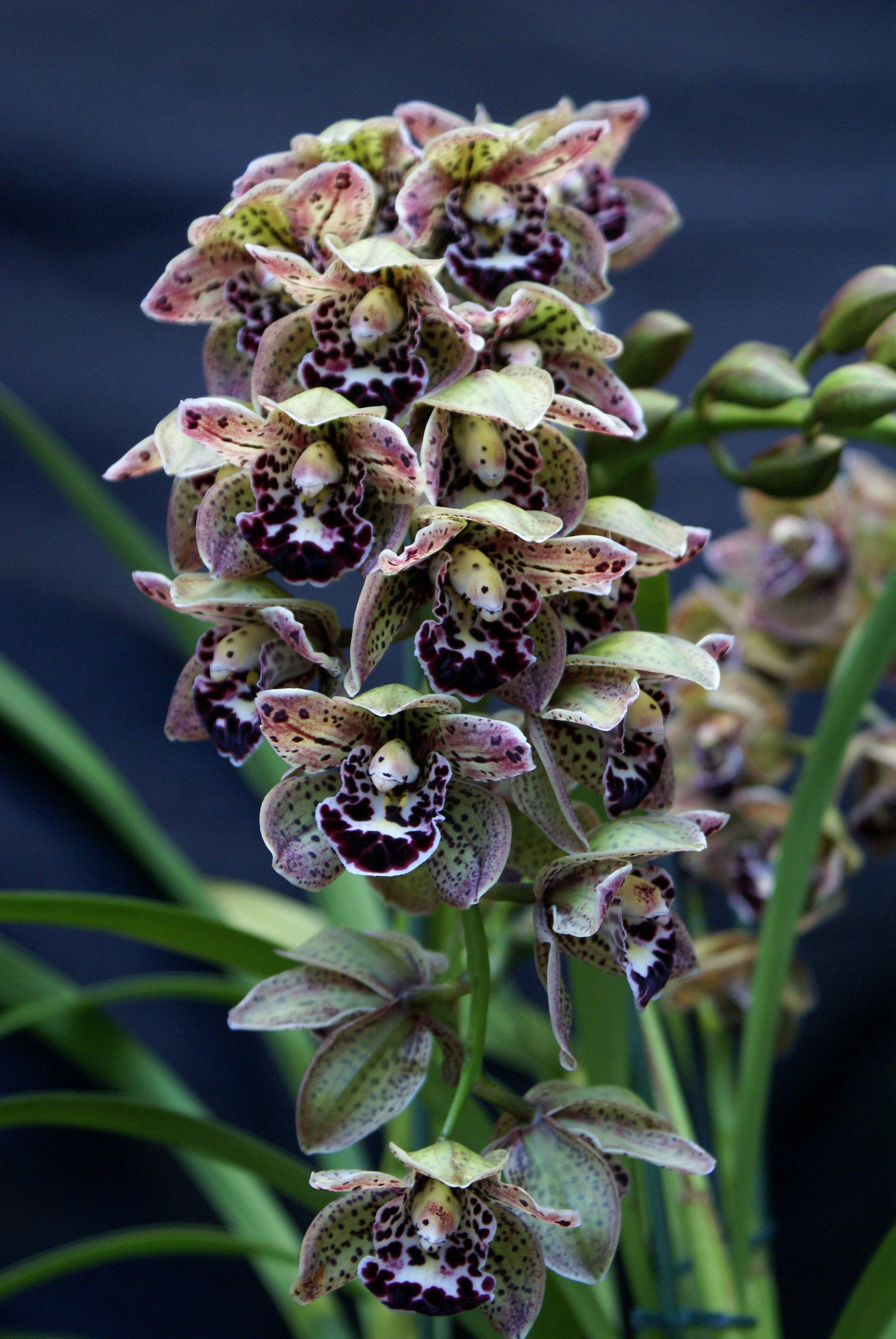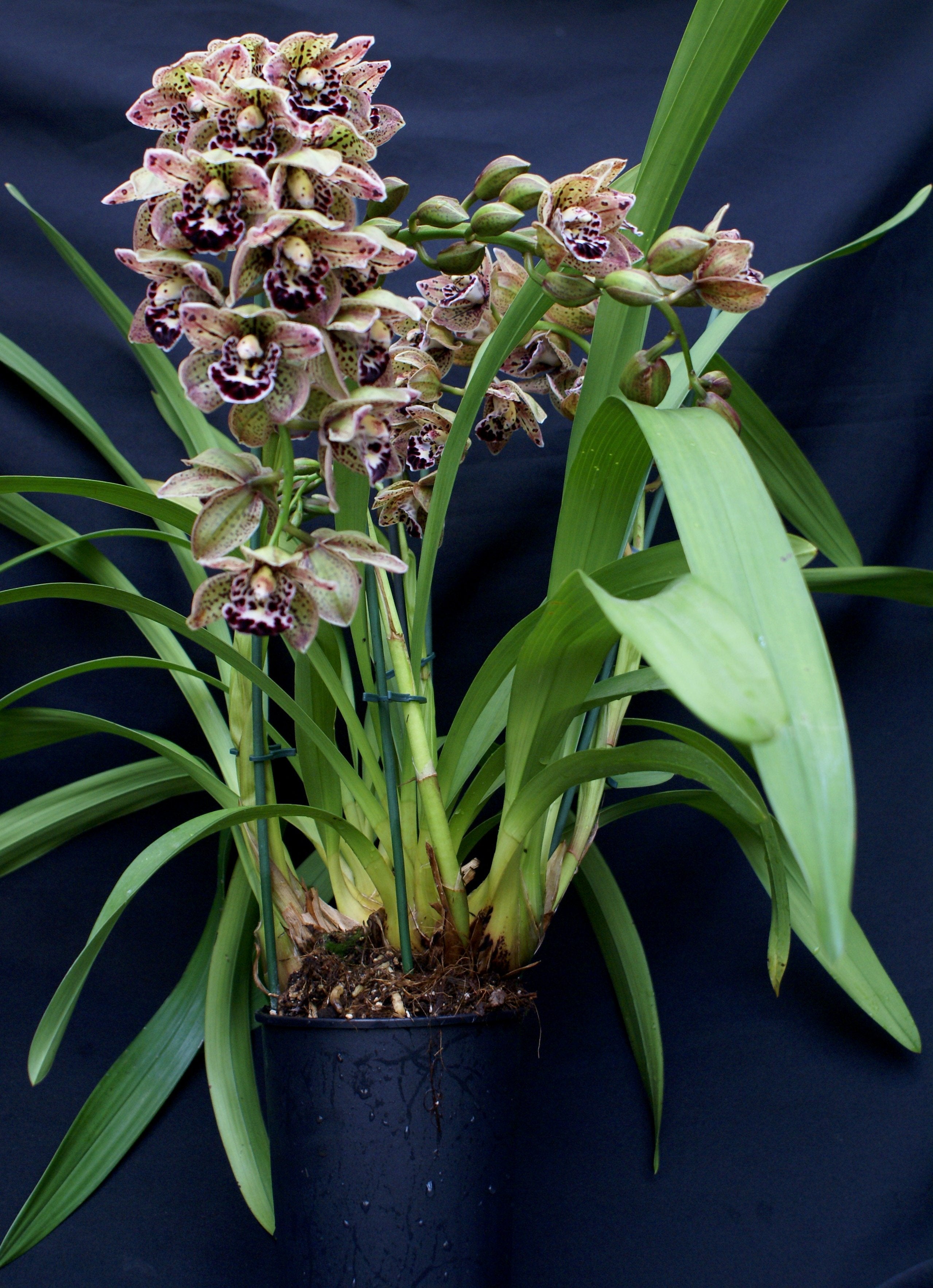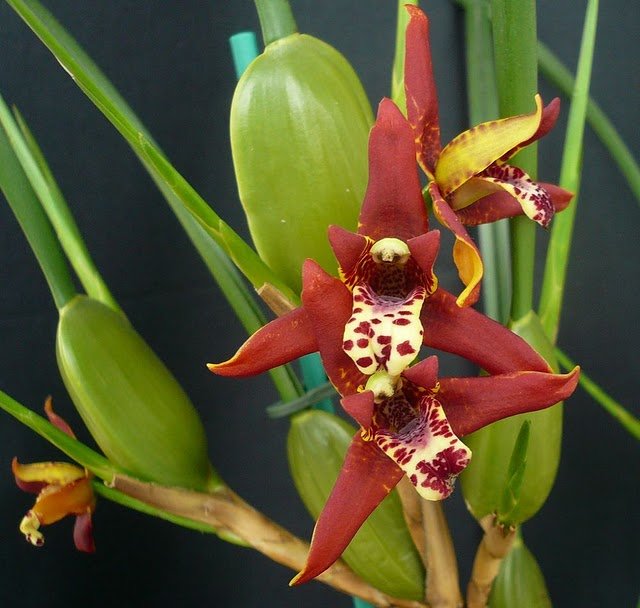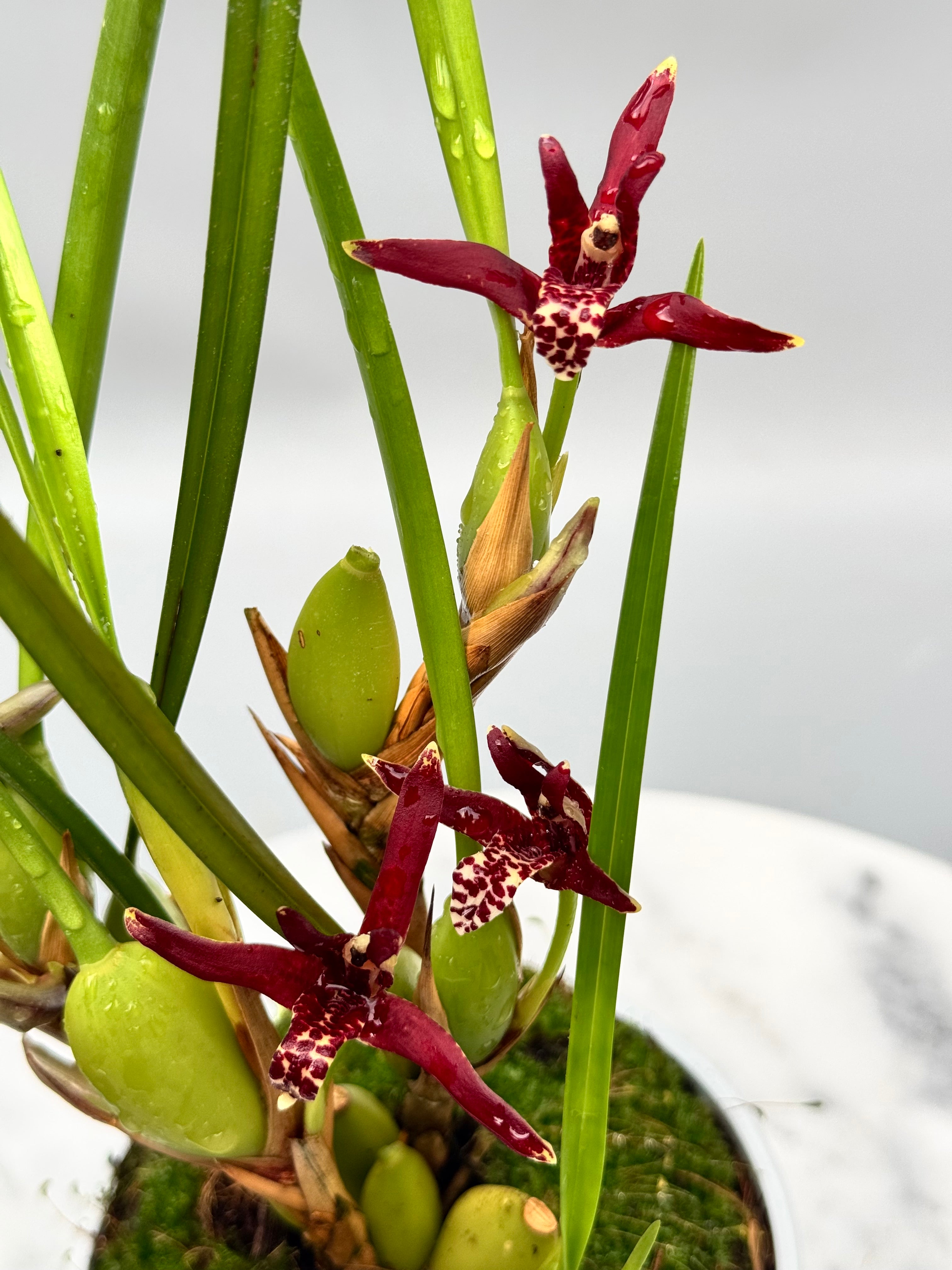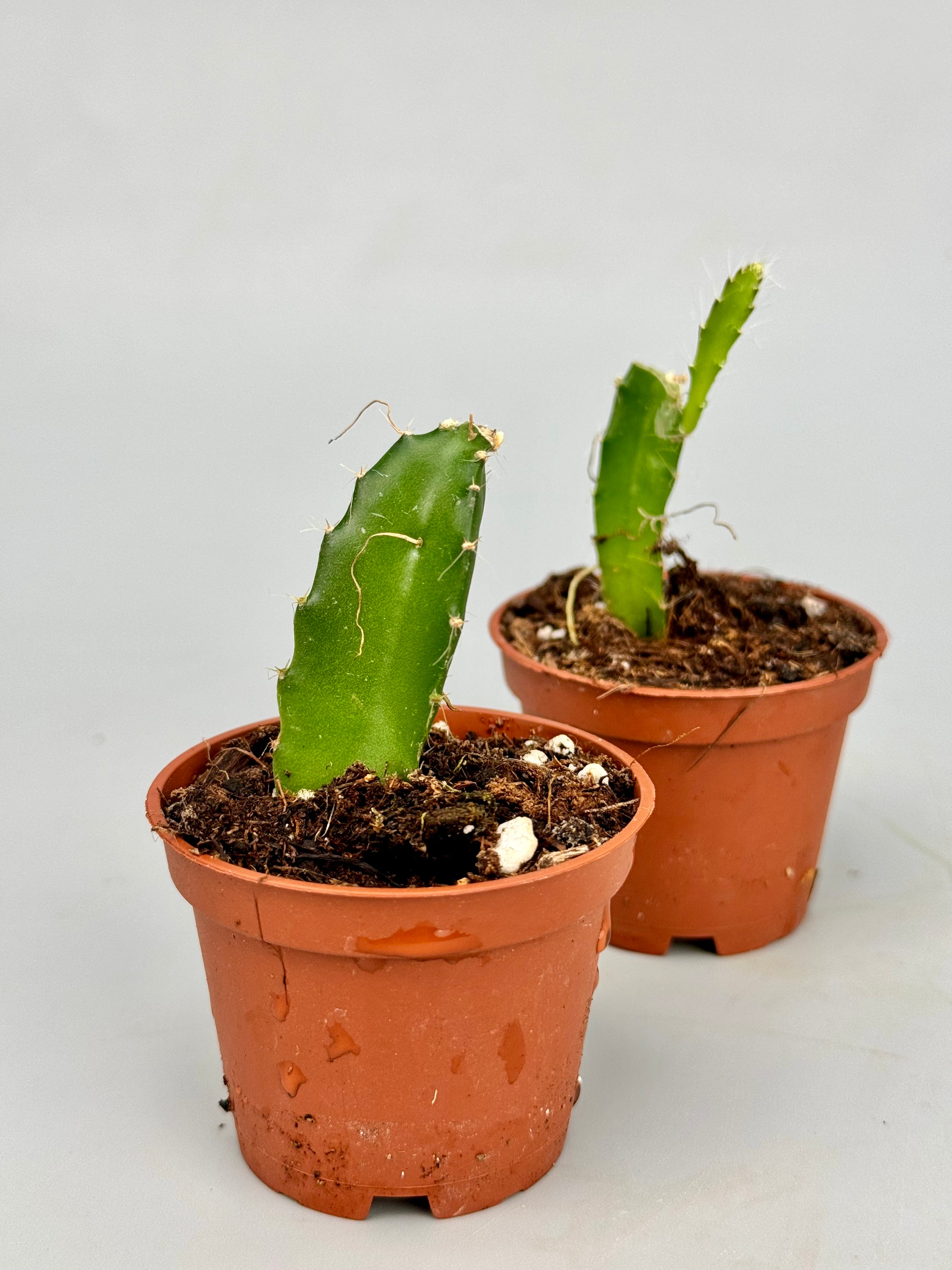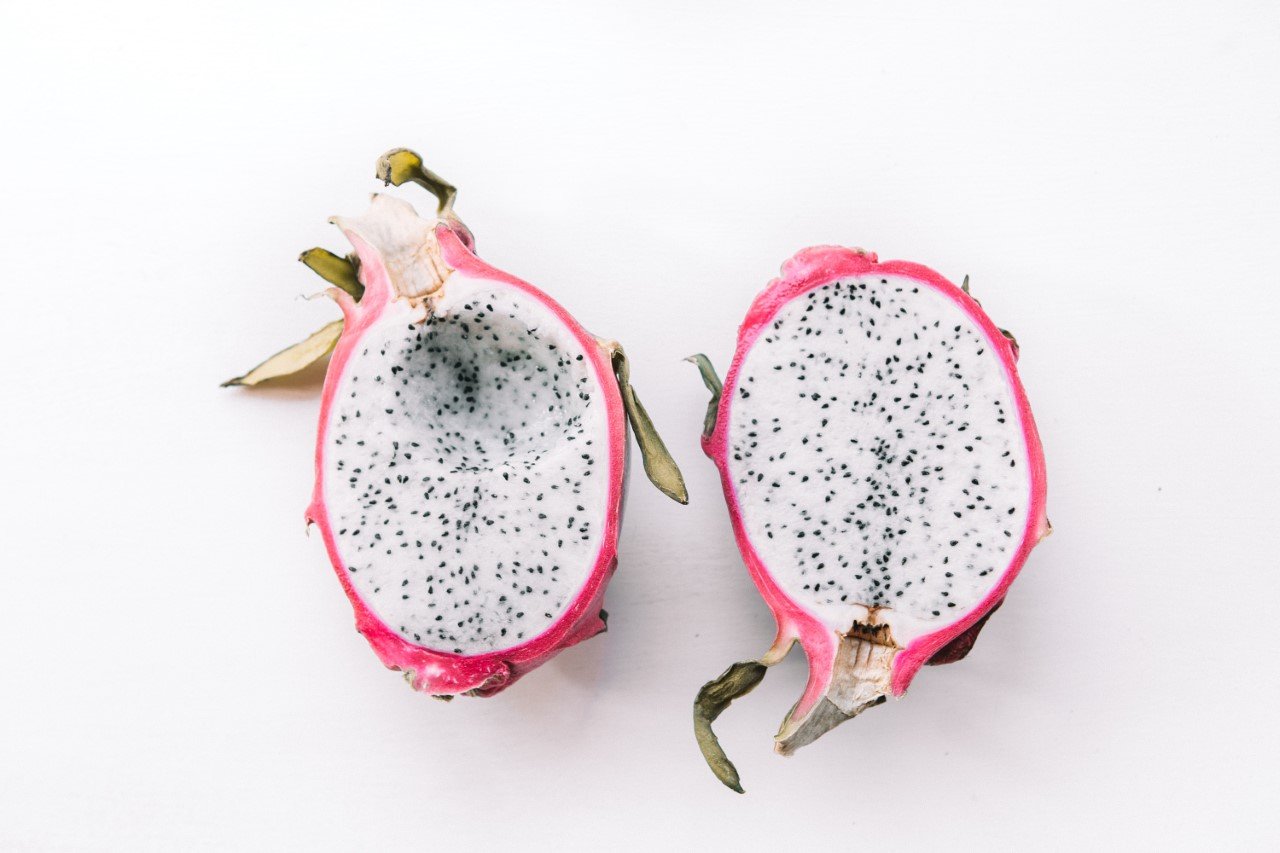Miniature orchids capture the imagination: subtle flowers, compact growth and an amazing variety of shapes. They are loved by collectors with limited space, as well as advanced enthusiasts who can recreate specific conditions. This guide tells you everything you need to know about these special plants: from species selection to care.
What are miniature orchids?
The term "miniature orchid" generally refers to species and hybrids with limited adult size, usually smaller than 15 cm in height or leaf span. It refers not only to the size of the flowers, but also to the overall growth pattern. Some species even stay under 5 cm.

Many miniature species come from high-altitude cloud forests, where humidity and temperature are fairly constant. This means they are often more sensitive to fluctuations in climate than larger orchids.
Popular genera and species
There are hundreds of miniature species, often belonging to the Pleurothallidinae subtribus. Some well-known genera:

Lepanthes
Ultimately small, often with spectacular, brightly colored flowers. Consider Lepanthes telipogoniflora, with flowers larger than the plant itself.

Masdevallia
Known for their compact, triangular flowers. Some species are miniature forms, such as Masdevallia herradurae.
Trisetella
Very small species with unusual inflorescences, often suitable for terrarium cultivation.

Scaphosepalum
Bizarre flowers, sometimes with protuberances or "faces," and suitable for constant growing conditions.
Restrepia
Grow quickly, flower often and are relatively accessible. Restrepia antennifera is a popular beginner orchid.

Pleurothallis
Very diverse genus, with both larger and extremely small species.
Care of miniature orchids
Light
Miniature orchids generally do not tolerate direct sunlight. A spot with bright, filtered light is desirable. Use grow lights if necessary if natural light is not sufficient.
Temperature
Most species come from cool to temperate tropical mountain forests. A daytime temperature between 18-22°C and a nighttime drop to 14-17°C is ideal. Provide stability: avoid drafts, sudden heat or chilling.
Humidity
80-95% is usually desirable, especially for species from cloud forests. In an ordinary home, this is often difficult to achieve. An enclosed terrarium or well-ventilated growing enclosure is therefore recommended for most species.
Ventilation
Good air circulation is essential. Stagnant air increases the risk of mold or rot. Use a small fan in closed systems to simulate movement.
Substrate
Fixation on cork, branches or tree fern board is common. Provide a thin layer of moss around the roots to prevent drying out. In pot culture, finely cut tree bark mixed with sphagnum works well.
Watering
Use only demineralized water or rainwater. Miniature orchids should never dry out completely. In a terrarium, daily misting is often sufficient, depending on ventilation and evaporation.
Nutrition
Use a highly diluted orchid fertilizer (1/4 strength) during the growing period, once every two weeks. Flush the substrate occasionally to prevent salt accumulation.
Placement and growing environment.
For miniature orchids, the environment is as important as the care:
Terrarium or cabinet
Due to their sensitivity to dehydration and their need for high humidity, miniatures are ideal for closed breeding environments.
Light control
Artificial light offers more control. LED lighting with a timer is efficient and safe.
Microclimate
In smaller cabinets, you can control the climate well, which is important for long-term success.

In conclusion
Miniature orchids require a little more knowledge and attention than common species, but the rewards are great. These plants are admirable in detail, challenge you to delve into their natural conditions and - with proper care - reward you with extraordinary blooms.

